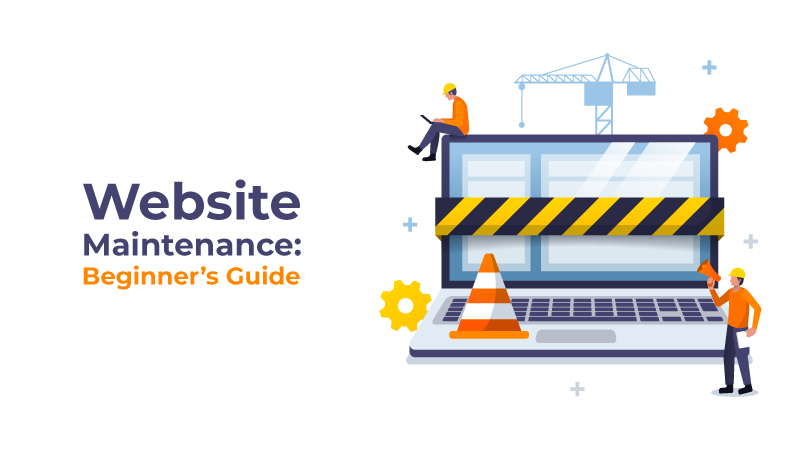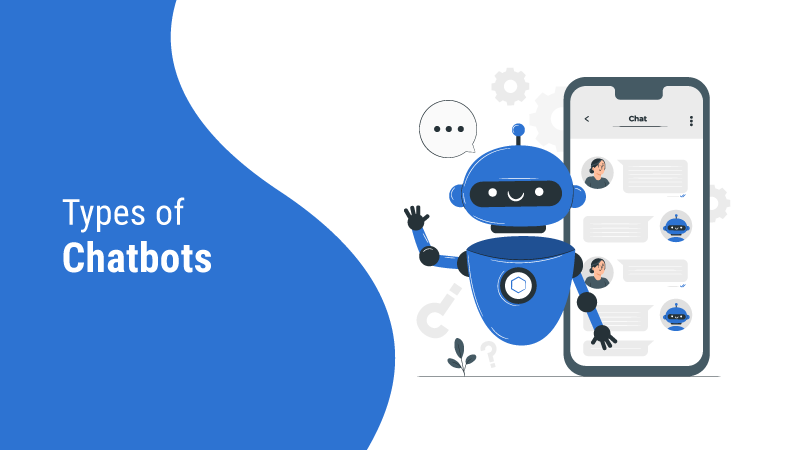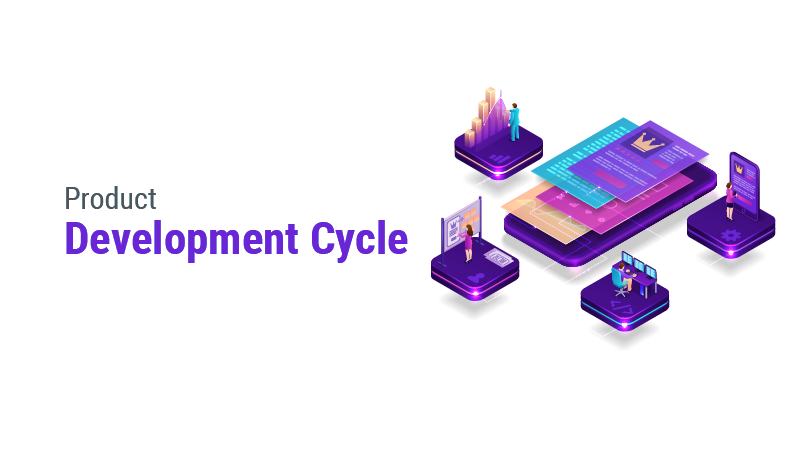Website Maintenance: an overview
Well, the word ‘maintenance’ in the term ‘website maintenance’ indicates that the website needs to be maintained properly and the process involves checking the health and performance of the website. Security updates, new content, promoting traffic to the website, and ensuring the satisfaction of your website visitors are all part of web development and maintenance. Website maintenance services are an important factor responsible for customer maintenance and involvement, thereby increasing your SEO and Google rankings. On top of everything, the relevance lies in the question ‘How often do we need to check the website?’ The answer is – regularly. Routine check-ups are important to ensure the smooth functioning of your business and for customers to enjoy their customer experience.
Why is website maintenance important?
Websites are like open windows to your business as clients or search engines usually end up here looking for proof that explains the professionalism of your business. Professional businesses never fail to offer something valuable that interests the clients. Regular monitoring and maintenance enable your business to attract and retain clients, deliver relevant content, and achieve good SEO rankings. There are many factors that explain the relevance of website maintenance. Let us go through some of them:
Business credibility
Clients would always want to invest money in businesses they identify as trustworthy. Since your website is the bedrock that represents the presence of your business online, you wouldn’t want it to leave a dull impression. Instead, you prefer to make the best impression regarding your business through your website. It is calculated that 90% of the client’s interest in a business is based on the impression they obtain from the website. Clients can no longer trust your business if it is messed up, contains outmoded content, and is exploited with broken or expired links. Therefore, it is very important to maintain your website to make it look professional, reliable, and encouraging to customers.
Customer experience
There are certain things that annoy a customer who lands on a business website – a pop-up message that spams every 2 min, animations that block your readability, or fill up the screen. These obstacles can immediately encourage you to close the website and search find another one that actually lets you read the content. Let’s define this customer behavior as an end result of poor customer experience. Such situations can be avoided by a routine website maintenance check-up. Once a user faces a poor experience with a website, the chances are very likely for the same user to come back and visit the website again. Bounce rates will be higher for websites that ignore the UX (user experience), which may also lead to poor Google ranking as well. It is essential to keep in mind that clients visit websites that are user-friendly, responsive, and easy to navigate. A website that fails to meet the basic standards cannot offer the valuable sources a customer is looking for.
Security
Security concerns will always remain an area that should be given utmost importance. Attacks from hackers can be expected every 39 seconds and nearly half percent of them are aimed at small businesses. If your website maintenance is not done properly, your website becomes incredibly vulnerable to such attacks and endangers the security of sensitive information of your business and customers. Keeping your software up to date to ensure the safety of your website is indeed a big deal!
SEO strategy
As explained before, a website with poor UX can get higher bounce rates – which means Google will rank those sites as less relevant and will show the content only to a limited audience. Any technical or structural issue in your website can lead to a gradual loss of readers, which will definitely affect search engine optimization. This is why incorporating website maintenance into SEO strategy is very important. Updating web pages with new content, attractive and responsive design, and fewer technical issues are some of the reasons that will encourage customers to stay on your site for a longer time, indicating to Google that your site contains valuable and relevant content.
Cost savings
What happens when you ignore certain symptoms of health conditions for a long time? It may cost you your own life. Similarly, ignoring the health of a website can result in problems that may go wrong. one simple issue that remains unsolved for a long time can create troubles that may cost you a lot of money and your business. You may not want to ruin your entire business because of improper website maintenance. “Prevention is better than cure” – a well-maintained website is always preferable and better than fixing up the damaged one. It not only saves your budget and time but also brings customer satisfaction and increased rankings (that cannot be taken lightly).
Web maintenance costs
So far, we have covered the basic concept of website maintenance and what makes it relevant. Now it is time to discuss some of the common costs you may have to deal with in order to maintain your website. The amount may vary depending on the type of service you are following. Here are some of them:
Hosting services
There is a specific cost for hosting your website and it is applicable to every business owner who runs a website, no matter what type of website they host. Your website is allocated a space on the servers for visitors to access your site on the internet. This space is provided by a hosting provider and it costs an average monthly amount of $10 – $99 to host a website based on the hosting providers you select shared, dedicated, or managed) for your website.
Domain renewal
Another ongoing maintenance cost. Every website has an address that is identified as a domain name. For maintaining the same domain name as long as you run the website, you need to pay a sum which is the domain renewal cost. The cost is very low and affordable as it ranges from$10 – $20 per year. Though the amount is not too much, it is important to renew the domain name every year if you don’t want your domain name to be taken by anyone else.
Content Management System (CMS)
There are content management platforms that allow customers to create and manage websites without any coding. CMS systems make it easy to build websites without much hassle as it offers many themes, templates, and plugins to opt from. They are not overpriced and enable you to build and maintain your website on CMS platforms for costs ranging from $60 – $80 per year. WordPress, Shopify, and Wix are some of the content management platforms.
Security
General methods related to website security consist of spam prevention, runtime monitoring, and routine security scans. You can perform these tasks either by yourself (based on expertise) or can hire assistance from outside. There is this option to buy security plugins based on how your site is created. The cost of security plugins usually ranges from $50 – $100 per year. Buying an SSL certificate (protects sensitive data transferring) for your website is also another website security cost. The ‘HTTPS’ in the URL represents an SSL certificate and a website without an SSL certificate will always be vulnerable to cyber threats and hackers. For an SSL certificate, you may have to pay a yearly amount ranging from $10 – $1500 based on the website’s size.
Content
Filling your website with relevant and valuable content will attract clients and this is why the value of the website content is taken into account while evaluating the success of a business. Using a well-planned content strategy not only increases the traffic to your website but also helps your business and website stand out. You can use freelance writers or in-house writers to manage content on your website. Here the cost you incur will be the amount you are giving to the writers. For freelance writers, the amount is calculated per word or per hour on a basis. For in-house writers, you have to give a particular amount as a monthly salary. Additionally, you can do this work by yourself as well. Therefore, the cost for content strategy may range from $0 – $3000.
The cost of website maintenance
Personal Website, Portfolio, or Blog
The cost for maintenance is usually low for personal websites like blogs and portfolios. Their price range starts from $5-$25 per month.
Small Business Website
The amount charged for website maintenance for small businesses is low, mostly affordable for owners. Mainly the costs come with marketing, content creation, design – strategies used to boost the business. The price ranges from $35 – $300 per month.
E-Commerce Website or Online Store
When it comes to e-commerce websites, the cost is comparatively high because there are certain other costs like charges for the web developer, code customization fee, and customer data management fee. As a whole, the cost involves $150-$2500 per month.
Corporate Website
It is obvious that the money will be huge in order to maintain a corporate-level business and the cost ranges from $200-$3500 per month.
Common website maintenance plans
There are 3 different plans which are mostly adopted by companies – hourly, monthly, and after-hour maintenance plans with different pricing:
Hourly plan
You can employ an hourly plan if you want to check your website occasionally. Here the amount is charged for an hour and it ranges from $50 – $125 an hour. This plan covers every service and testing in the monthly plan.
Monthly plan
If you want to keep your website up-to-date, secure, and responsive then a comprehensive monthly plan is the best choice. Monthly services include security check-ups, updating plugins, and site backups. The monthly plan costs $200 – $5000 a month.
After-hour plan
If you prefer to have a 24/7 service plan for website maintenance, there is no other option suitable than an after-hour plan. Here your website will get continuous support and assistance from web professionals.
Options for website maintenance
You don’t have to worry about the availability of options you have in website maintenance as there are many options from which you can choose one.
DIY website maintenance
As the name DIY suggests, ‘Do It Yourself’ is always better as you don’t have to rely on others, plus you can save the cost. The only condition is you have to invest a lot of time in web maintenance if you choose to do it by yourself. This is also the best choice for people handling personal portfolios as they don’t have much maintenance work to deal with.
Hiring freelancers
Hiring outside support is another option you have. You can hire freelancers who have expertise in different areas like content management, website development, or technical part. Though this option is cost-effective, it demands constant and regular communication between the freelancers as there should be a sync in the work they are doing.
Hire a company
There are companies that take care of website maintenance completely. Such companies can definitely reduce the workload and support the efficient functioning of the website. They monitor websites regularly, check for updates, perform security check-ups, etc. with the help of website development and maintenance experts they hire. This offers great relief from the tension because half of your work will be done for the day with companies managing website maintenance tasks.
Wrap Up
To ensure the success of your website, it is mandatory to do website maintenance at least once a month. While it is a fact that website maintenance is a continuous job, it should not torment you because it is very significant for your website’s success and ranking. Regular and consistent website content updation, software updation, and back-ups allow the smooth and successful functioning of your website. Though hiring a developer leads to another expense, it is a good choice when we take the success of the website into account. Before you hire a developer, never forget to ask for references and contact them to check if they have enough proficiency in website maintenance and programming.
Get Started with our Custom Software Development Services


